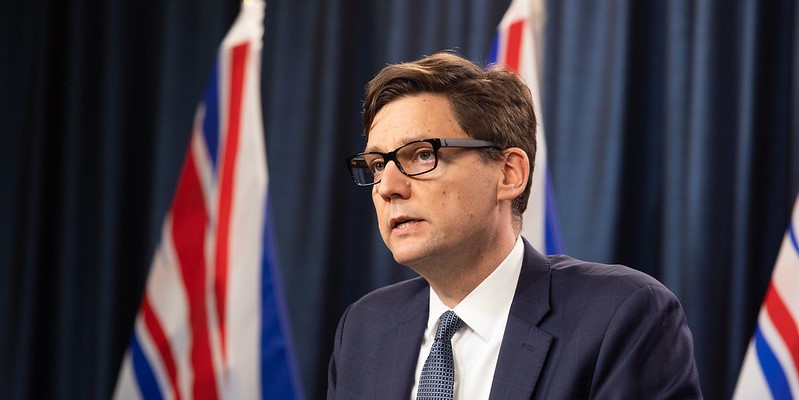B.C. government paves way for historic run-up in debt

With its first budget, the Eby government has put British Columbia on a path towards a historic run-up in debt in the years ahead.
Specifically, due to this year’s projected operating deficit of $4.2 billion, forecasted deficits for the next two years, and capital spending on long-term projects, the province’s net debt will increase by $39 billion in just three years. In other words, this year’s big deficit is just the tip of the iceberg.
It’s hard to wrap your head around such large numbers. But for context, consider the amount of provincial government debt that will be added per British Columbian. In 2022, B.C.’s net debt (total debt minus financial assets) per person and adjusted for inflation stood at $11,341. According to the Eby government’s budget forecasts, in 2025 that number will rise to $16,522. That’s more than $5,000 in additional debt for every man, woman and child in the province.
If we use the preferred metric of many economists for assessing the size of a jurisdiction’s debt—the debt-to-GDP ratio—we find more evidence that B.C.’s balance sheet is deteriorating rapidly. In 2022, the government’s debt burden was 14.9 per cent as large as the provincial economy. By 2025, that number (the debt-to-GDP ratio) will climb to a projected 22.5 per cent. These numbers may not jump off the page, but this rate of government debt growth is unsustainable.
For taxpayers today and in the future, there will be consequences. Government will have to pay interest on all this debt, and ultimately this money must come out of the taxpayer’s pocket. In 2022, the province spent $2.9 billion on government debt interest costs. The Eby government forecasts this will increase to $4.1 billion in 2025—when interest payments will be larger than the annual deficit itself. Debt begets more debt.
Finally, it’s important to understand what’s driving this historic debt growth. The government has made a choice; it hasn’t been forced to grow the debt due to circumstances outside its control. In fact, starting in 2016, the government broke away from an extended period of fiscal discipline in B.C. and embraced a free-spending approach to public money. This spending growth, which preceded the pandemic, put pressure on the province’s once-sound public finances. The first Eby budget has only made matters worse.
If the Eby government took a different path and worked to unwind some of the recent spending growth, it could have avoided deficit-spending altogether and the path towards massive debt accumulation. Instead, this government plans to press on with a big spending approach, notwithstanding the consequences for the province’s bottom line or its overall debt level. And British Columbians will ultimately pay the interest on all this new debt.
Authors:
Subscribe to the Fraser Institute
Get the latest news from the Fraser Institute on the latest research studies, news and events.

